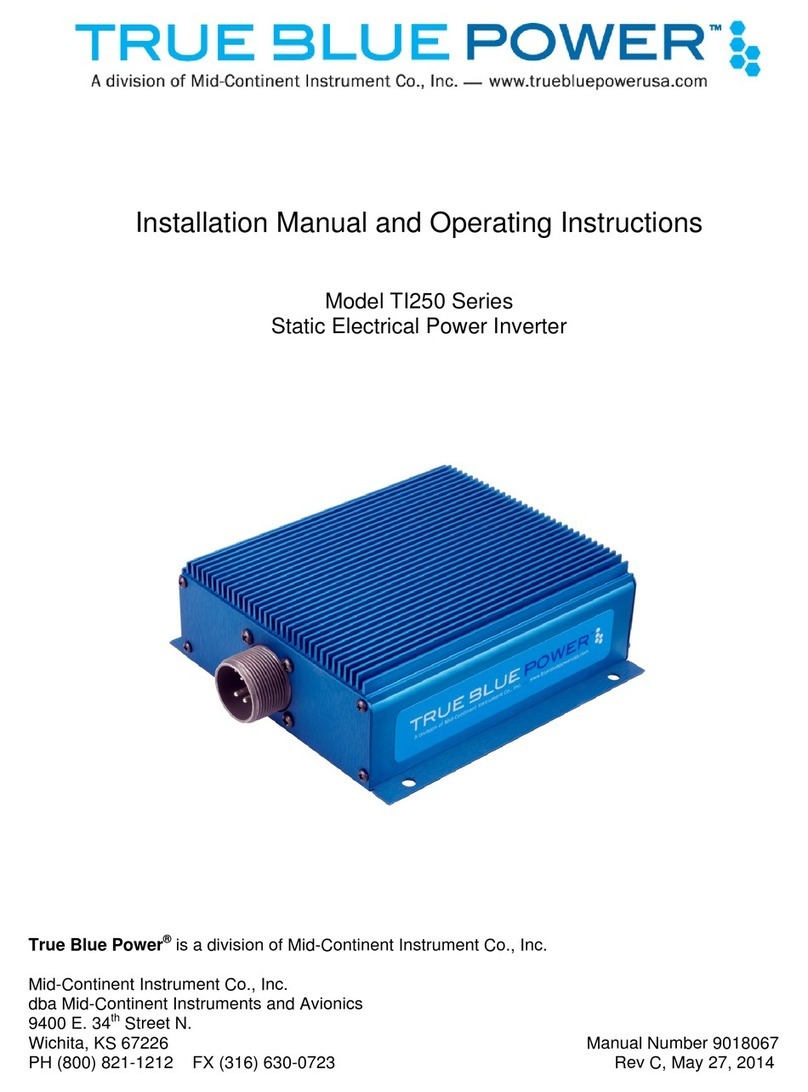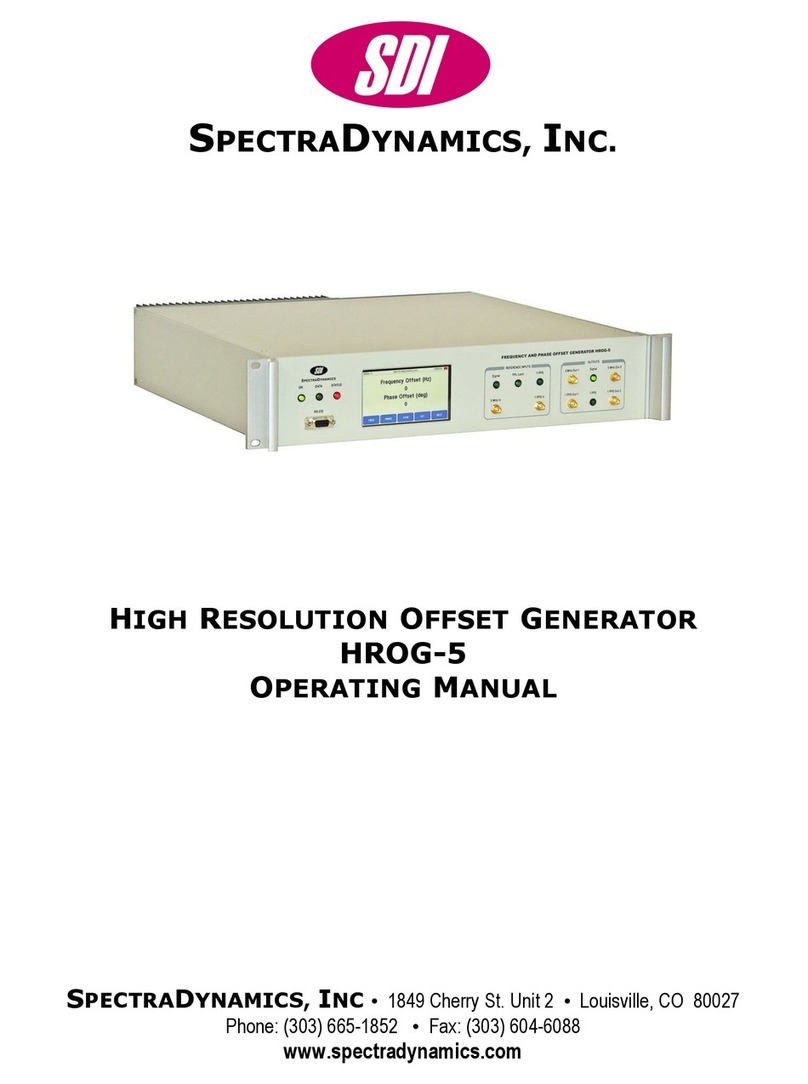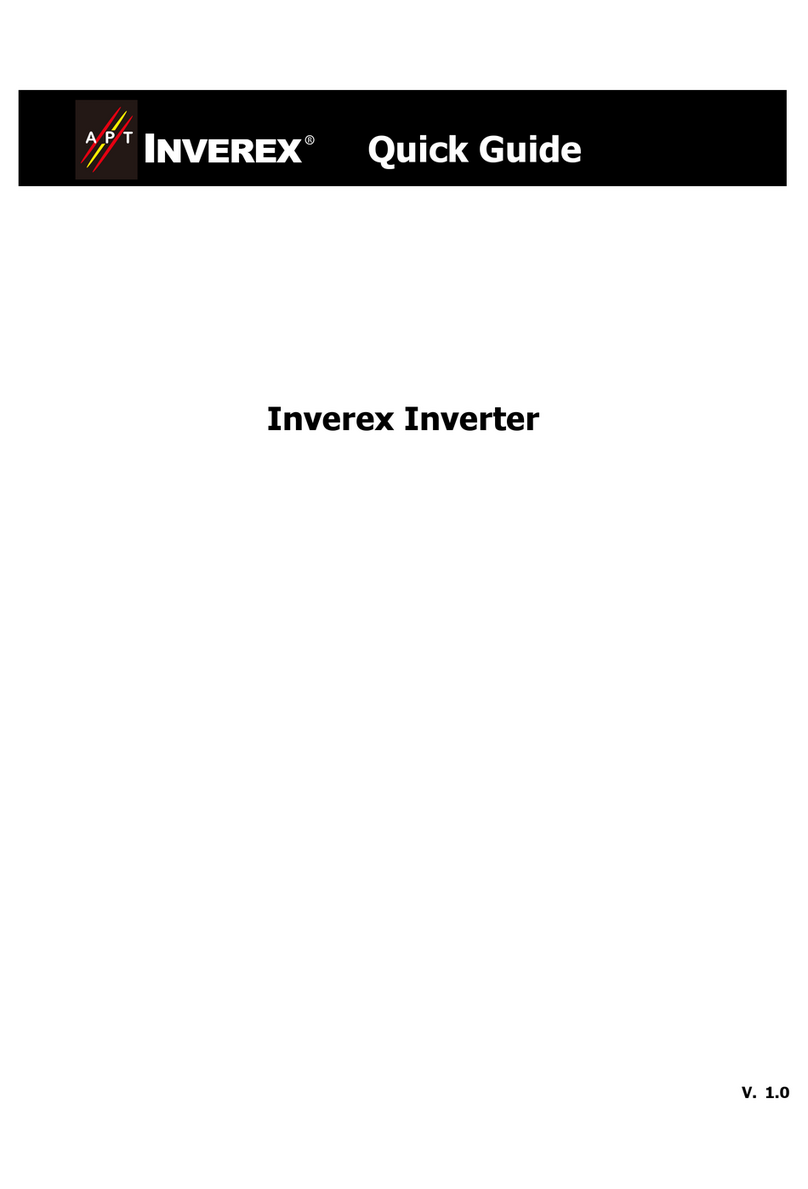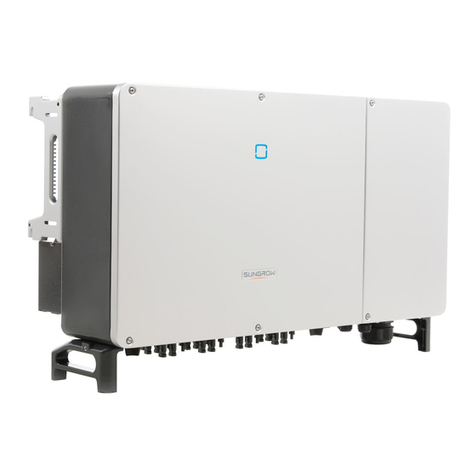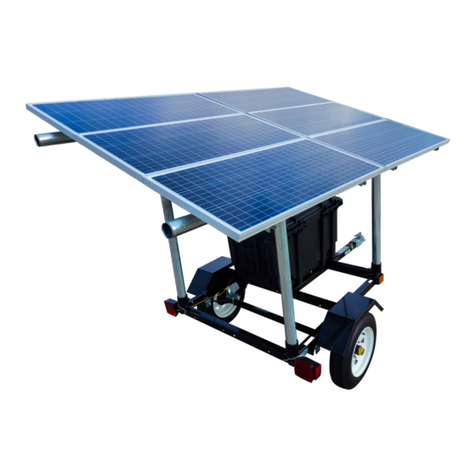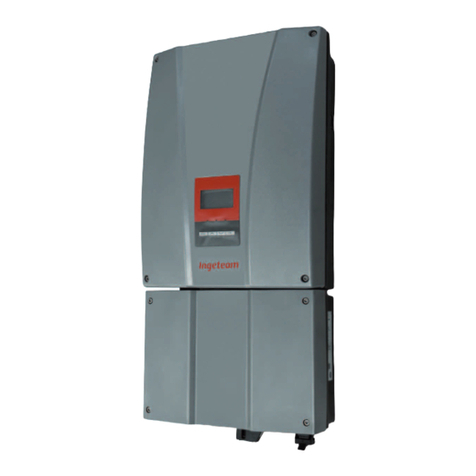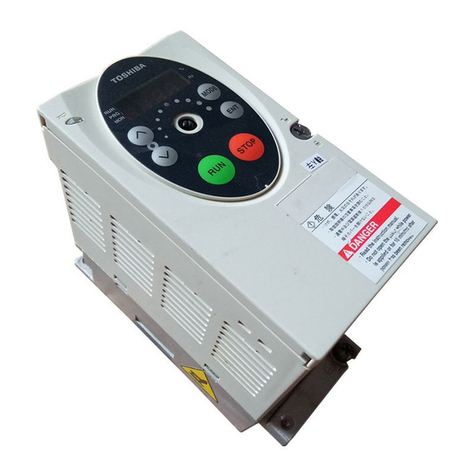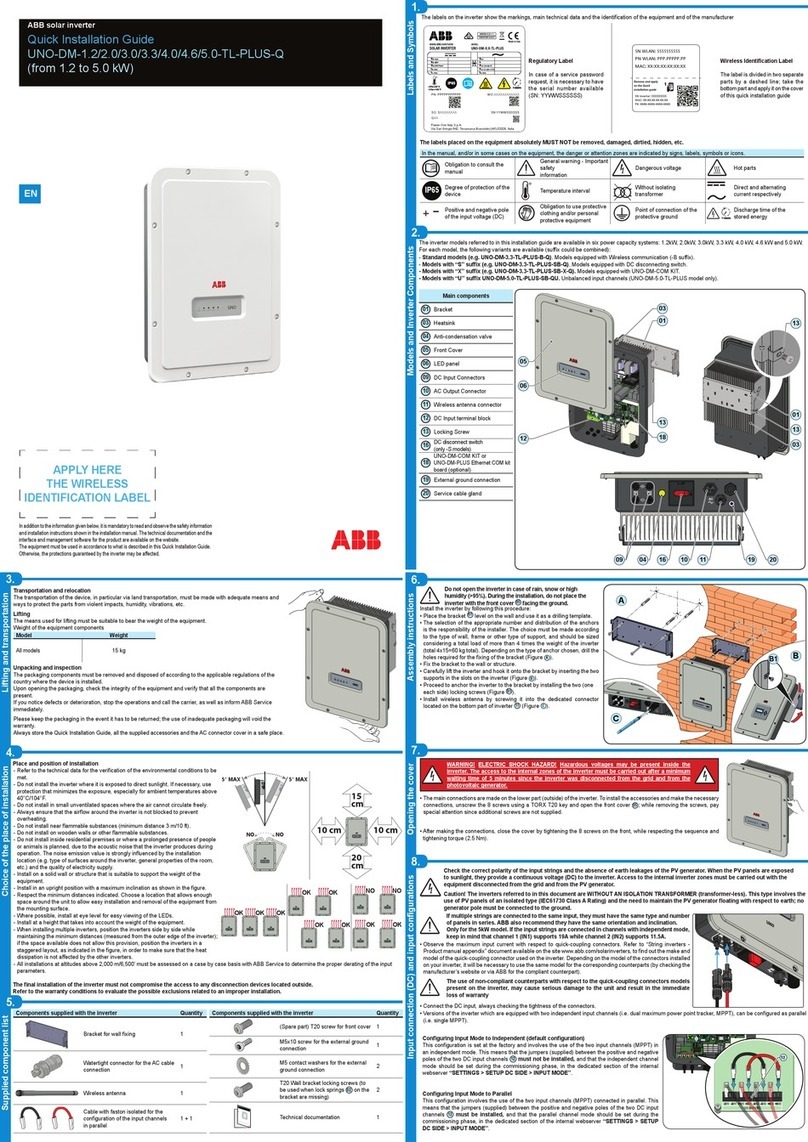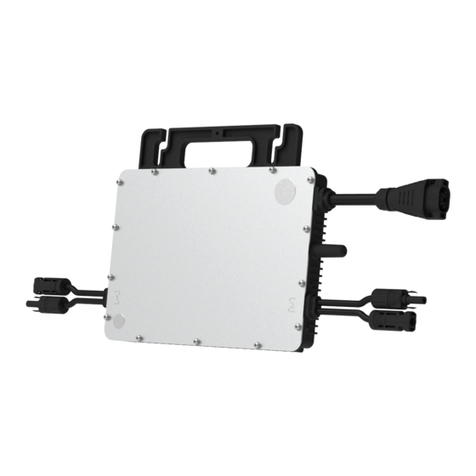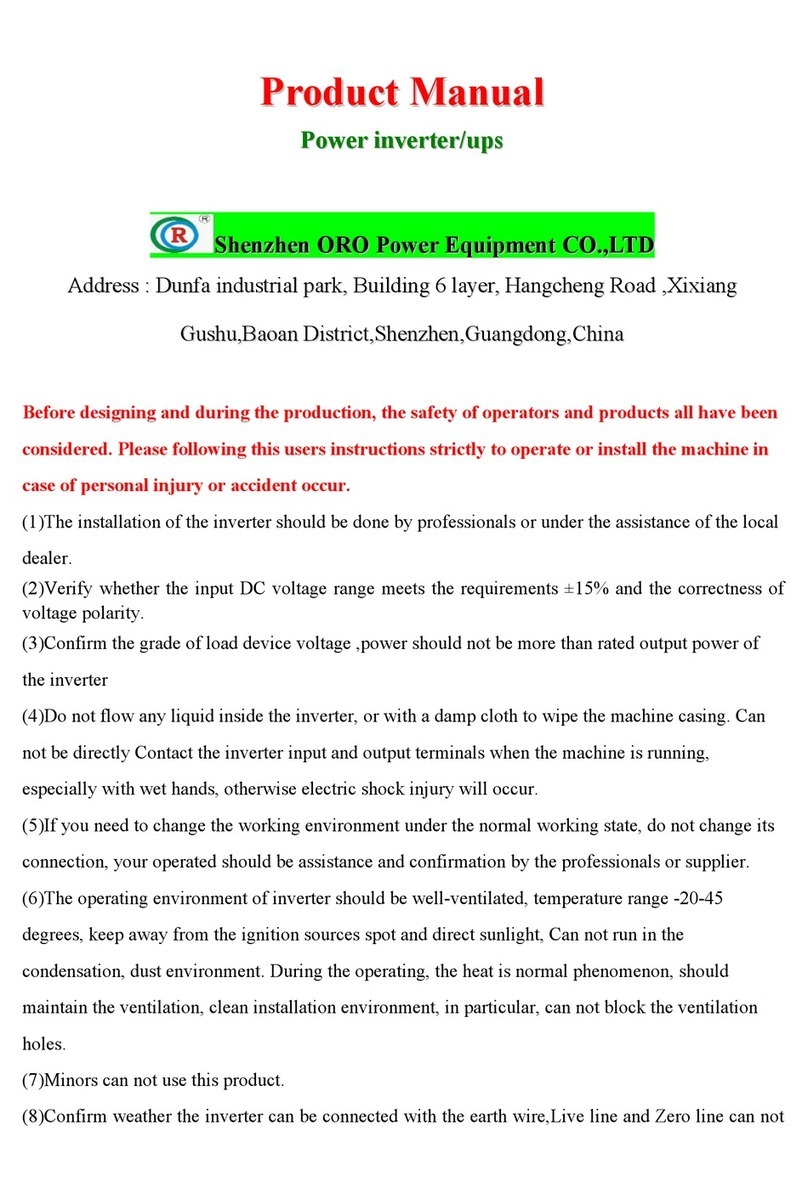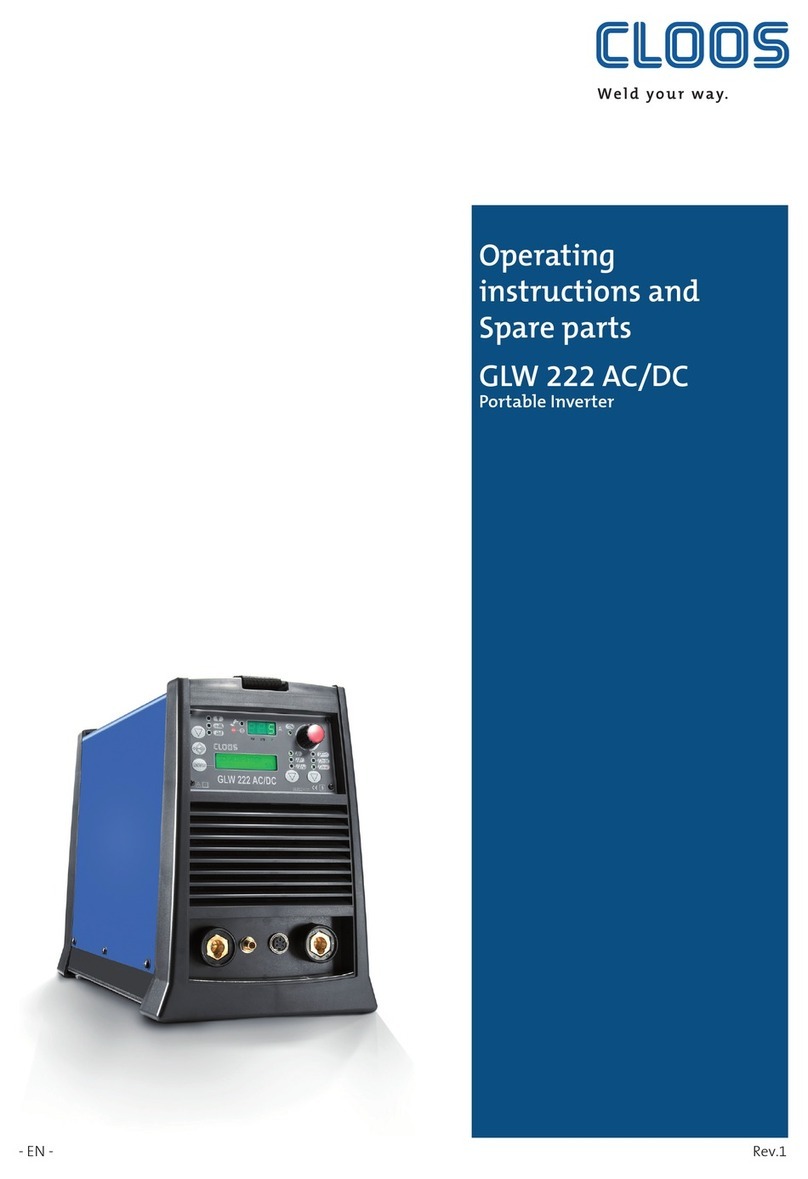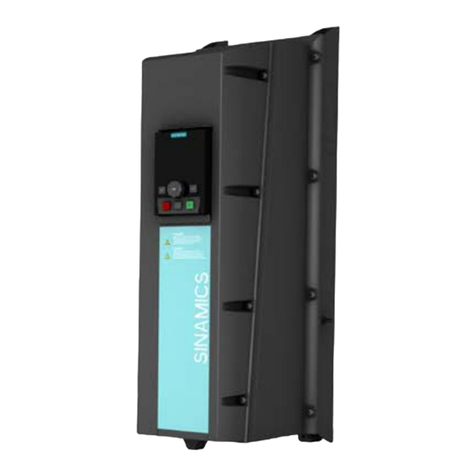
ES114 – Universal Slope Generator
Elby Designs – Laurie Biddulph
Kariong, NSW 2250, Australia
http://www.elby-designs.com
2 of 3
The ES114 USG as a simple envelope generator
1. Connect a trigger pulse to the [TRIGGER IN] jack. When a pulse is applied here, an
envelope defined by the [RISE RATE] and [FALL RATE] knobs will be produced
which goes from 0 to +5 volts. If a second trigger is received before the envelope
has finished, it will not re-initiate the envelope.
2. With a gate signal into the [IN] jack, an envelope will be produced which begins to
rise at a rate set by the [RISE RATE] knob to a level equal to the gate level. The
level will remain at this level as long as the gate is present: an envelope with
sustain.
When the gate level drops back to zero at its end, the envelope will fall at the rate
set by the [FALL RATE] knob. If the gate level rises before the end of the [FALL
RATE] cycle, the output will rise again, rising toward the gate level, at a rate set by
the [RISE RATE] knob. Multiple gate signals will re-initiate the envelope, even if the
envelope has not completed its cycle back to zero volts.
A positive signal applied to the [IN] jack will always over-ride any trigger at the
[TRIGGER IN] jack.
The ES114 USG as a frequency divider
Using a pulse train into this input, the USG can be used as a frequency divider, or sub-
harmonic generator. A waveshape and a pulse from the [END OUT] jack will, be
produced for each pulse applied to the [TRIGGER IN] jack as long as the total
envelope time is shorter than the pulse period.
If the envelope time is slightly longer than the pulse period, then the USG wilI only be
triggered on alternate pulses, producing a division of two. If the envelope is slightly
longer than two pulse periods, then it will only be triggered on every third pulse,
producing a division by three, and so on.
The ES114 USG as a slew limiting processor
The USG can be used as a slew limiting processor to change discrete voltage steps into
gliding voltages (portamento). Voltages from a keyboard, sequencer, or other sources can
be applied to the [IN] jack, and the [RISE RATE] and [FALL RATE] knobs will now
determine the rate of glide in the positive and negative direction, independently.
The slopes from the USG are linear (equal voltages per unit of time), but they can be
altered using feedback. If the [DC OUT] jack is patched to the [CV IN] jack, then the slope
can be given an exponential or a logarithmic shape determined by the amount of feedback
set by the processing knob. Since both the RISE and FALL can be switched to be
controlled separately or together, the slope of either or both can be shaped using this
technique.
